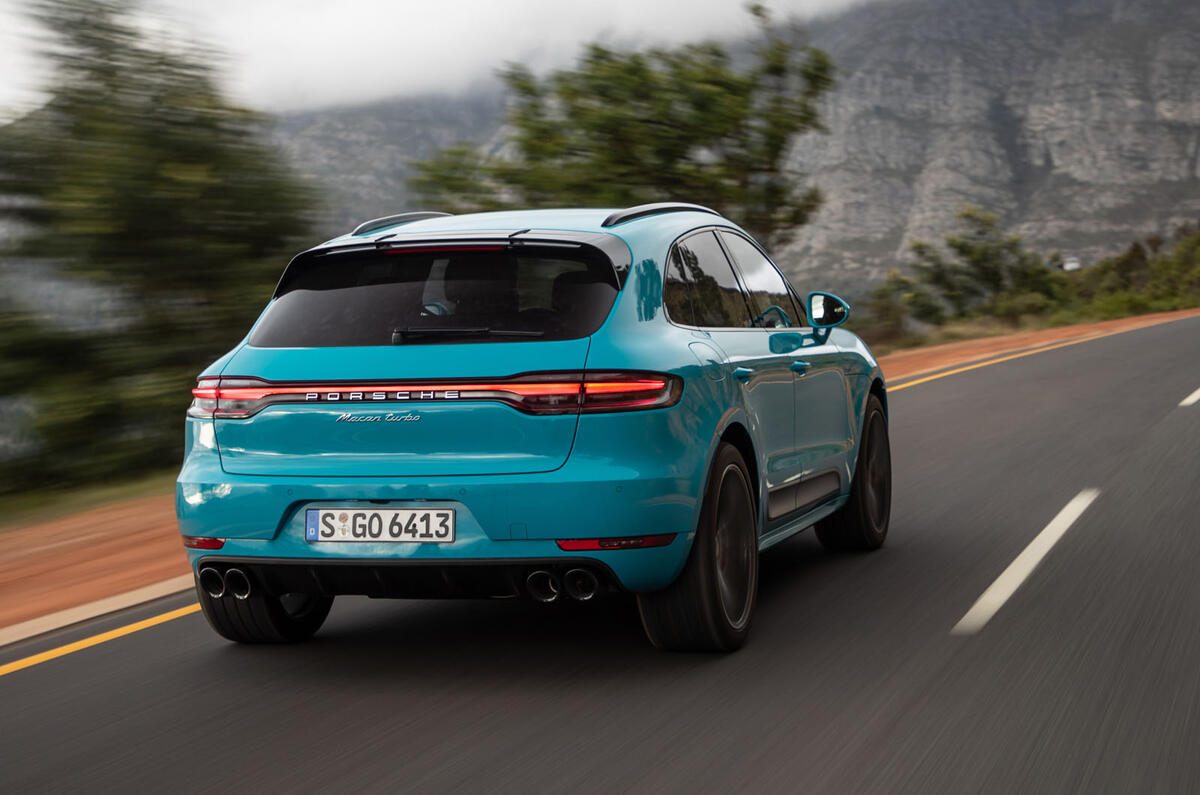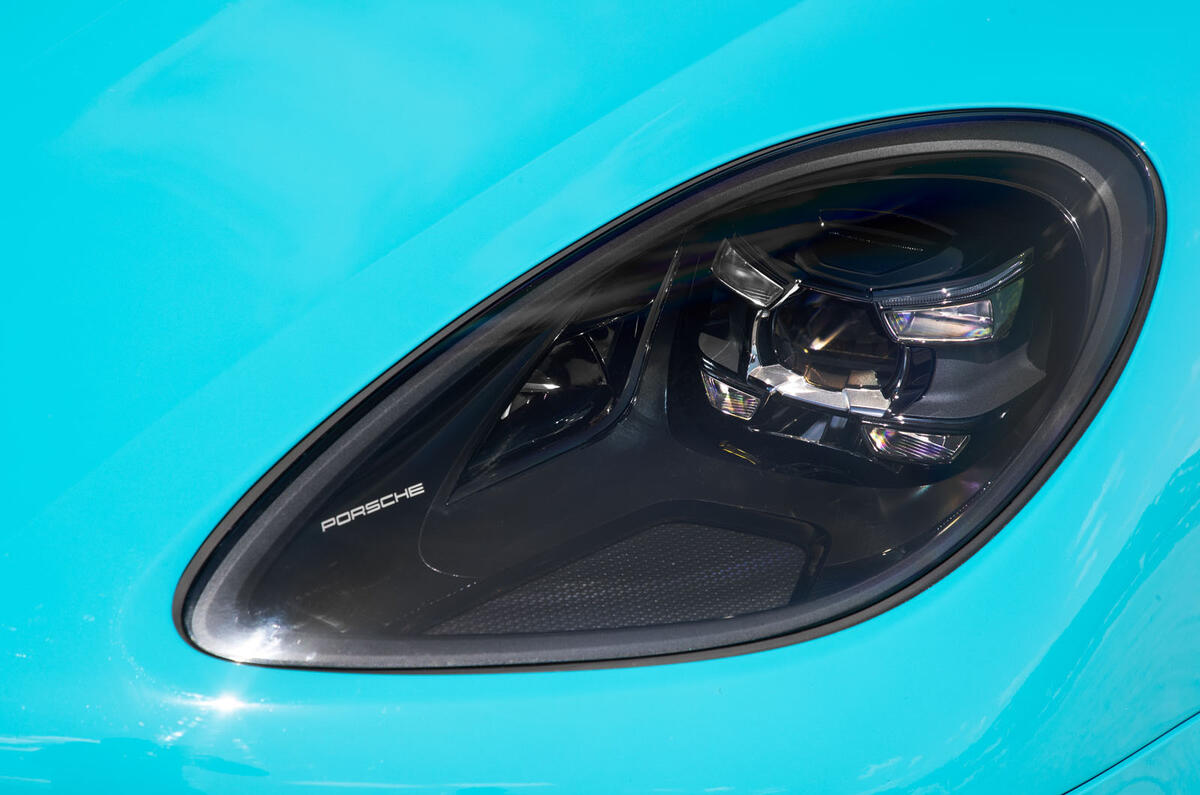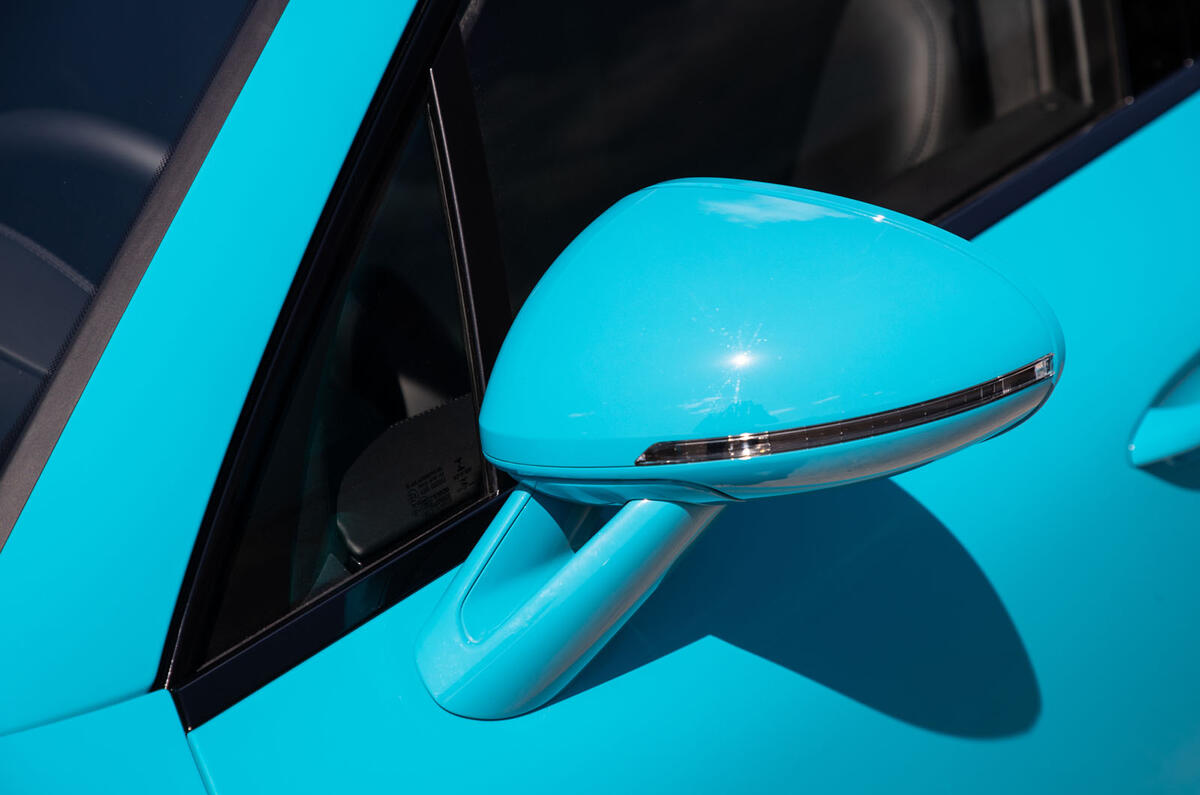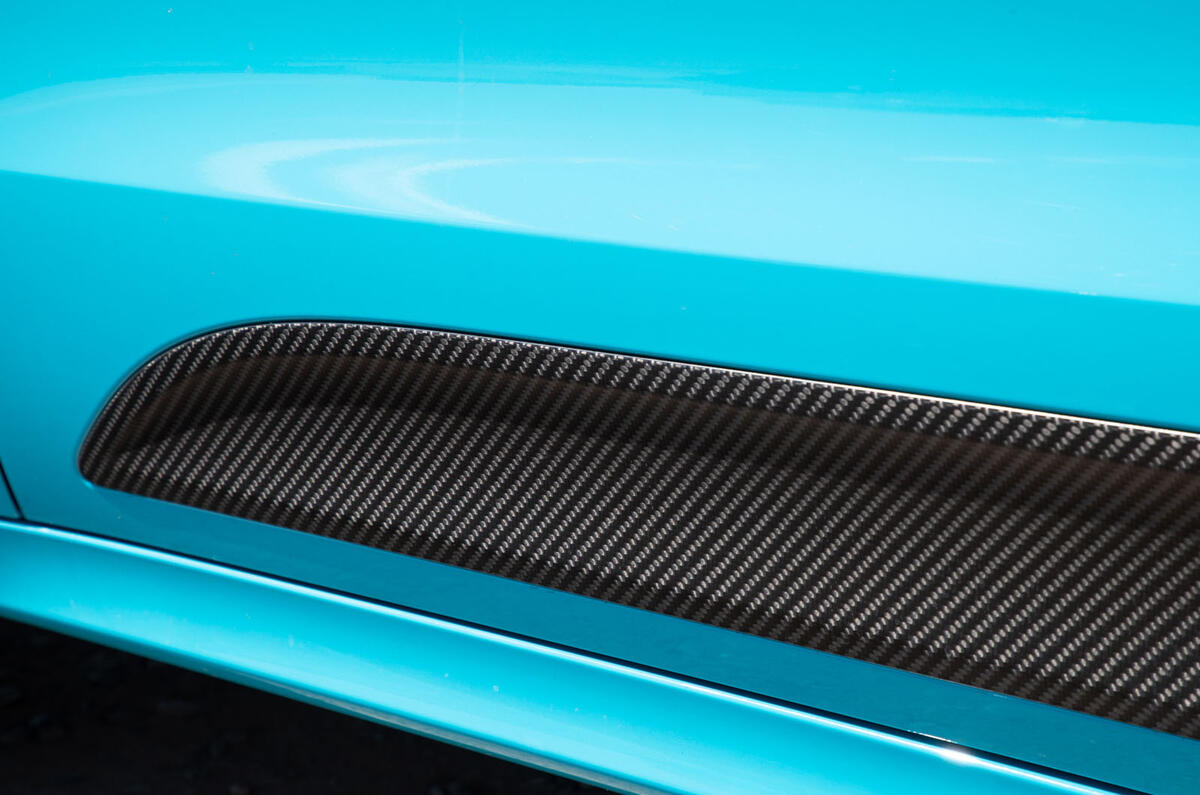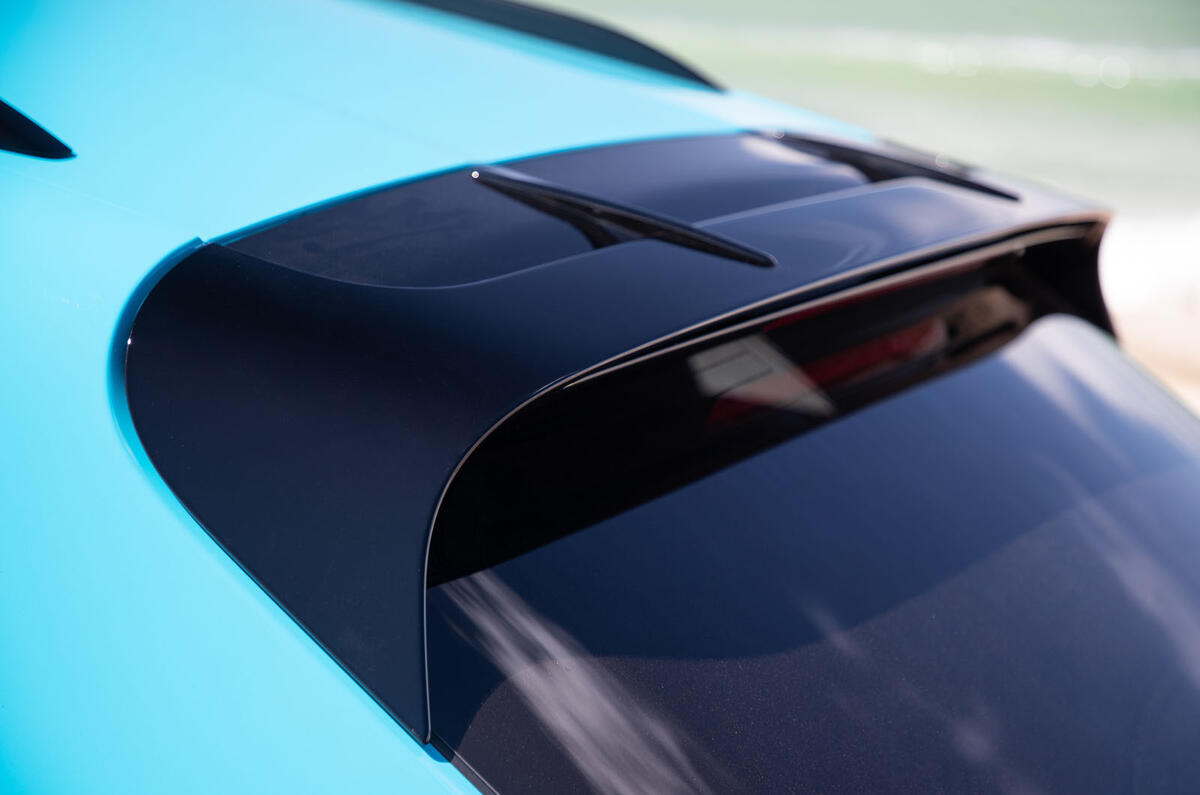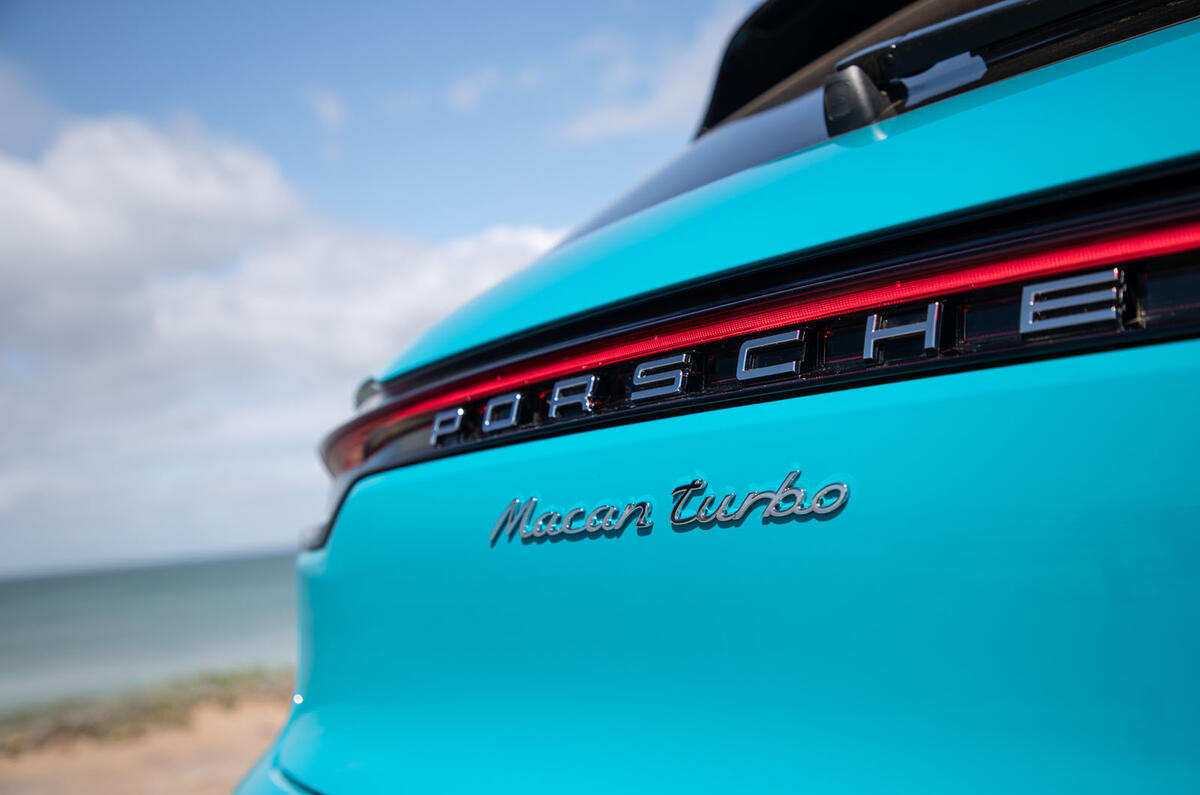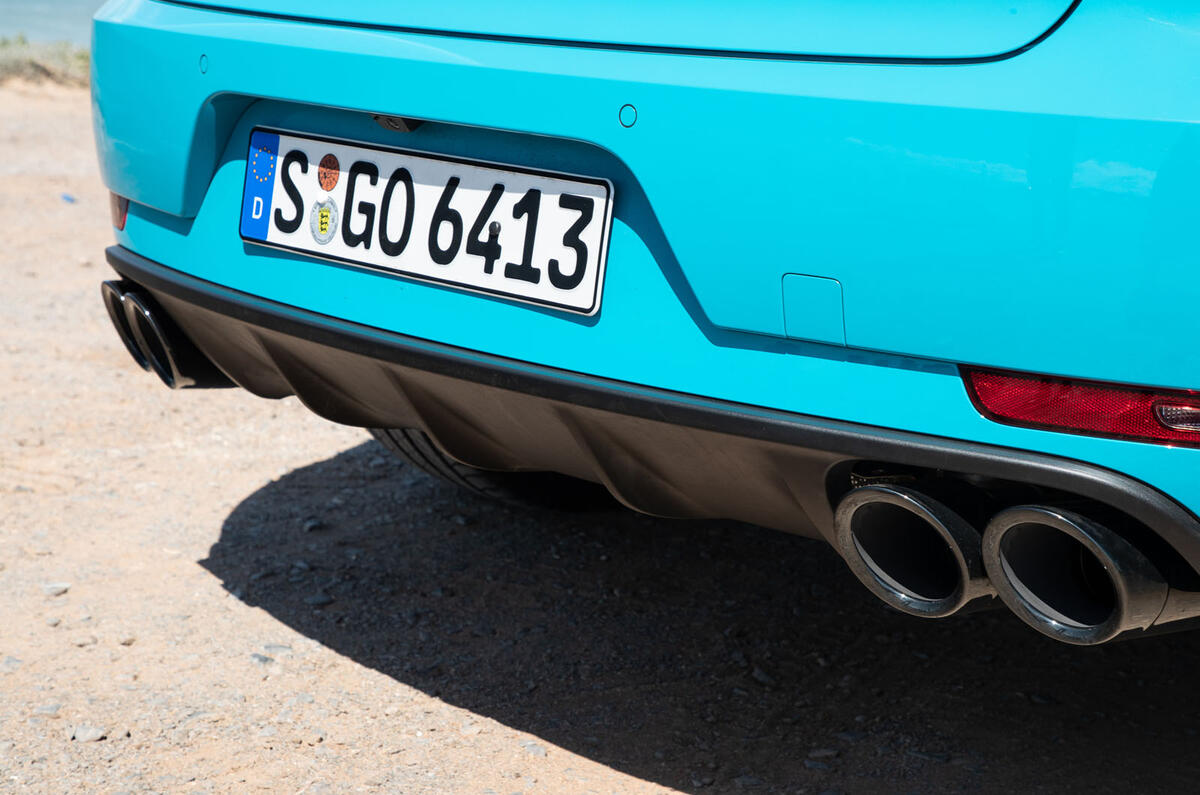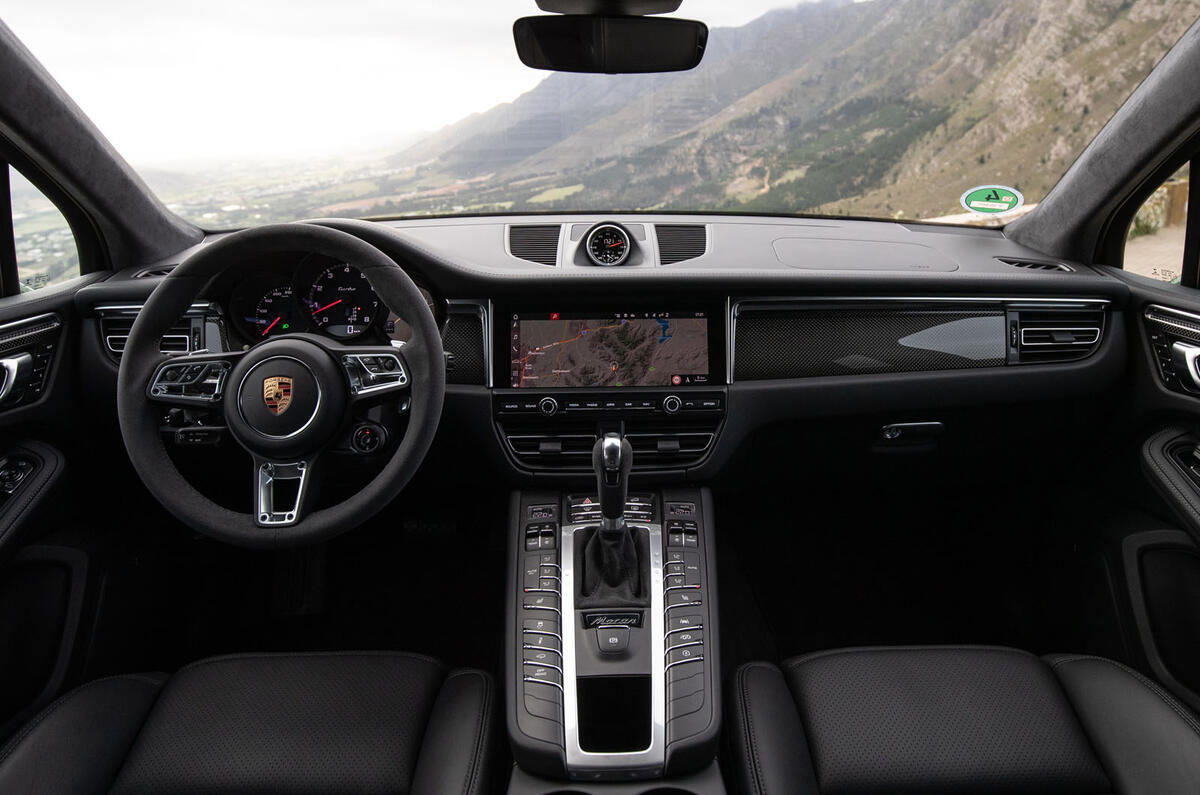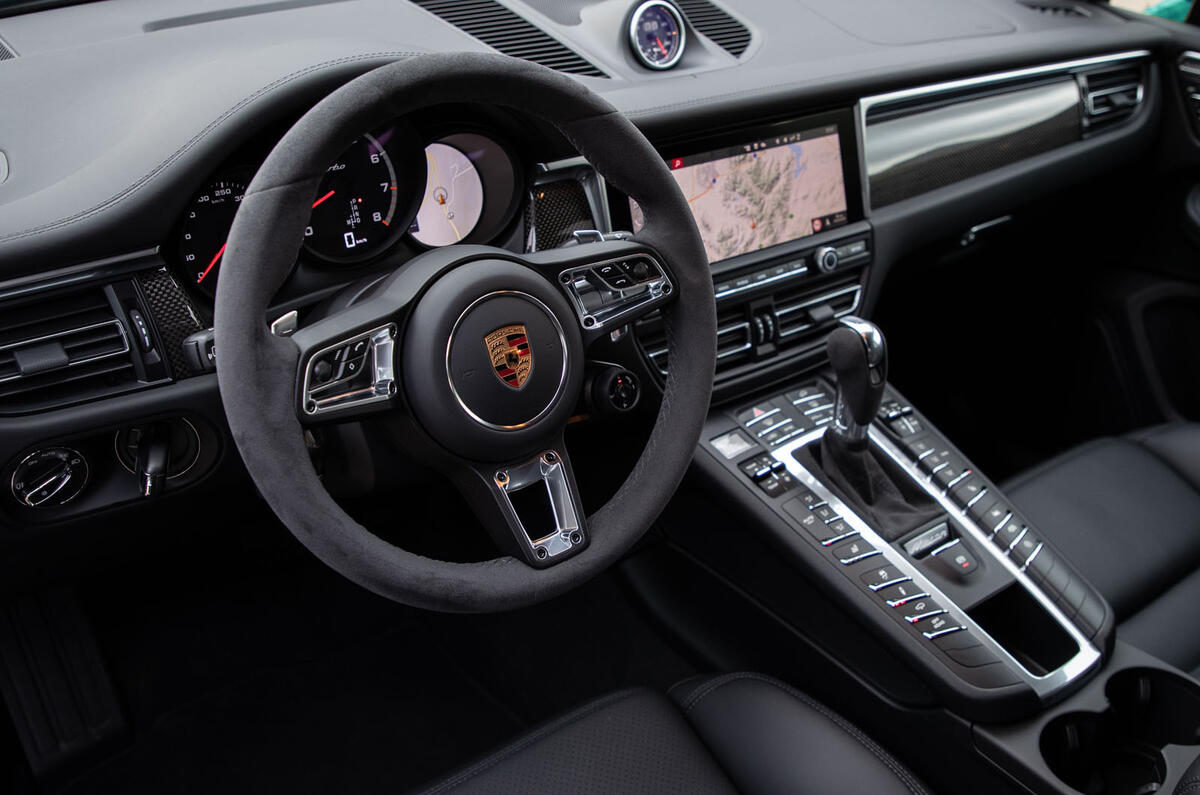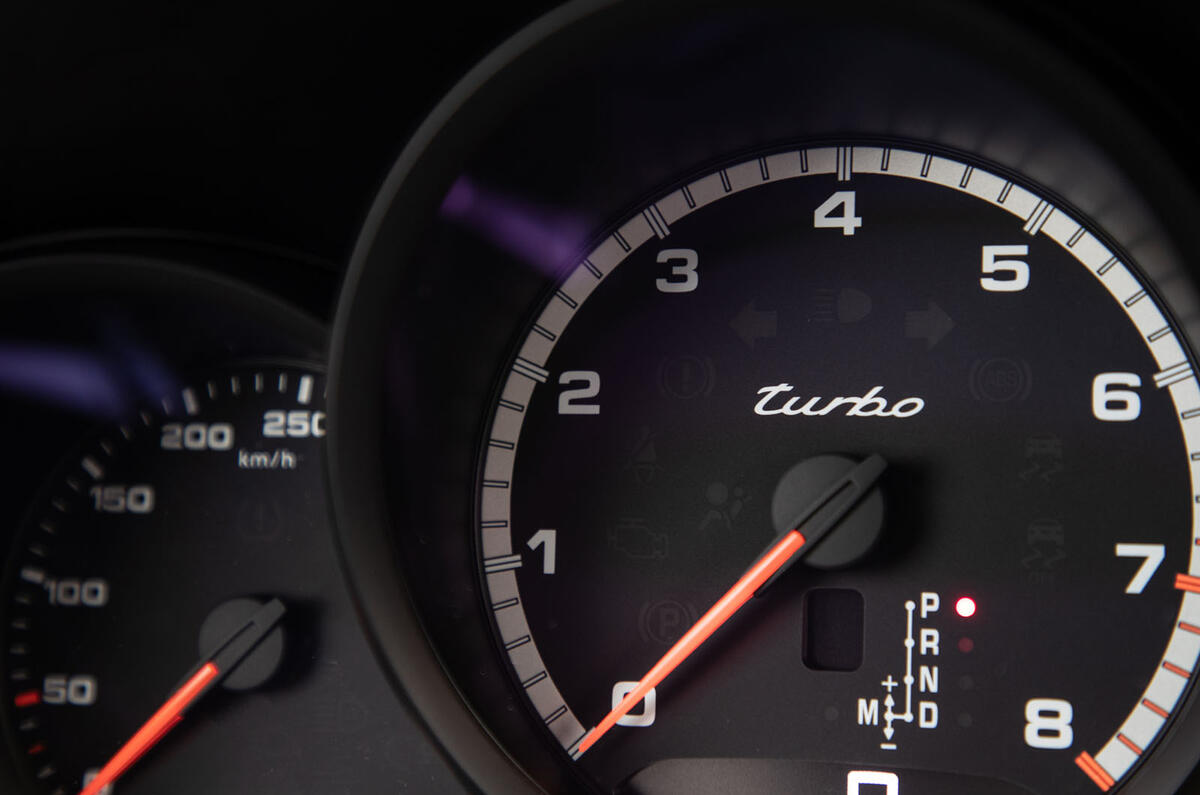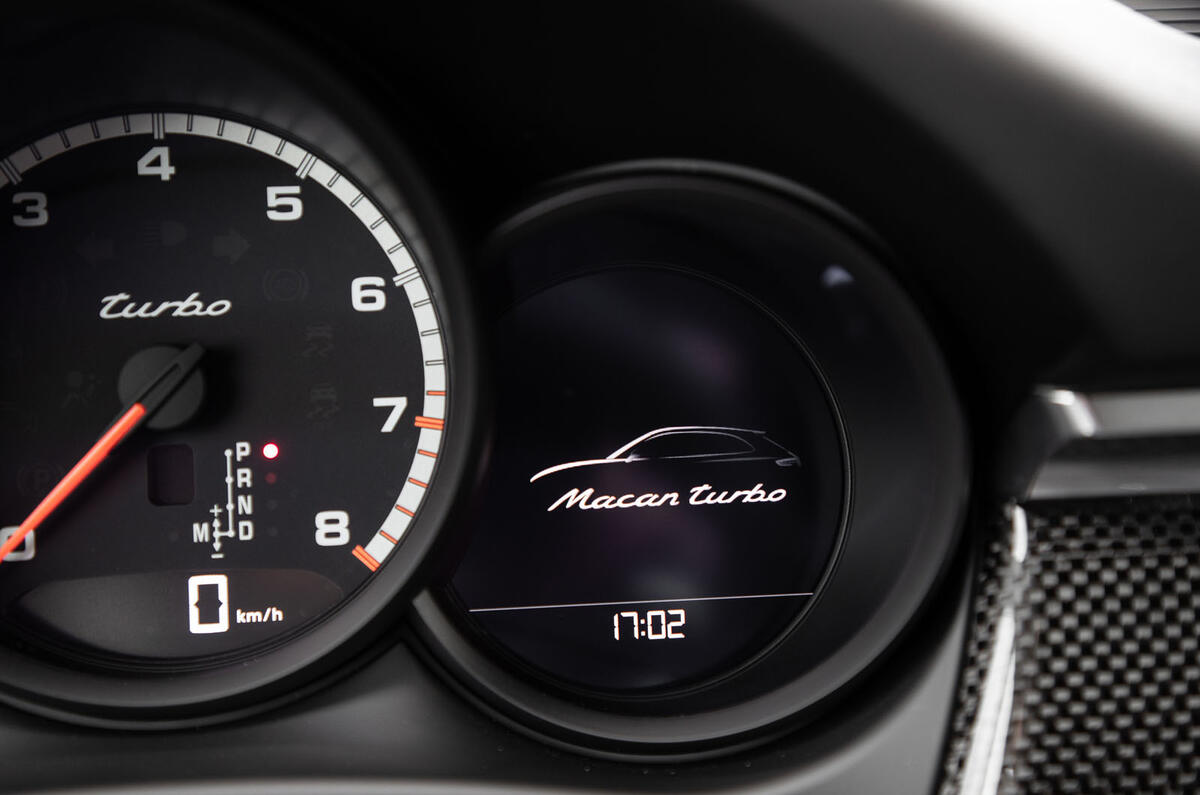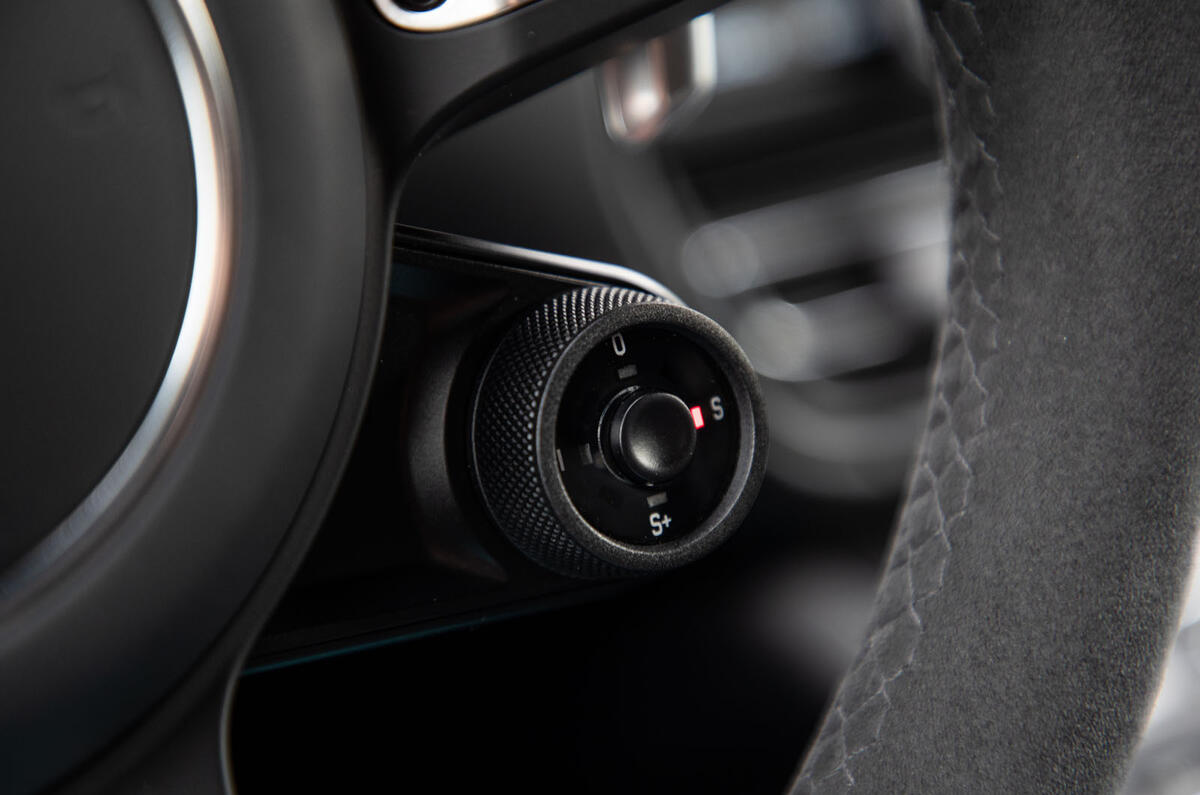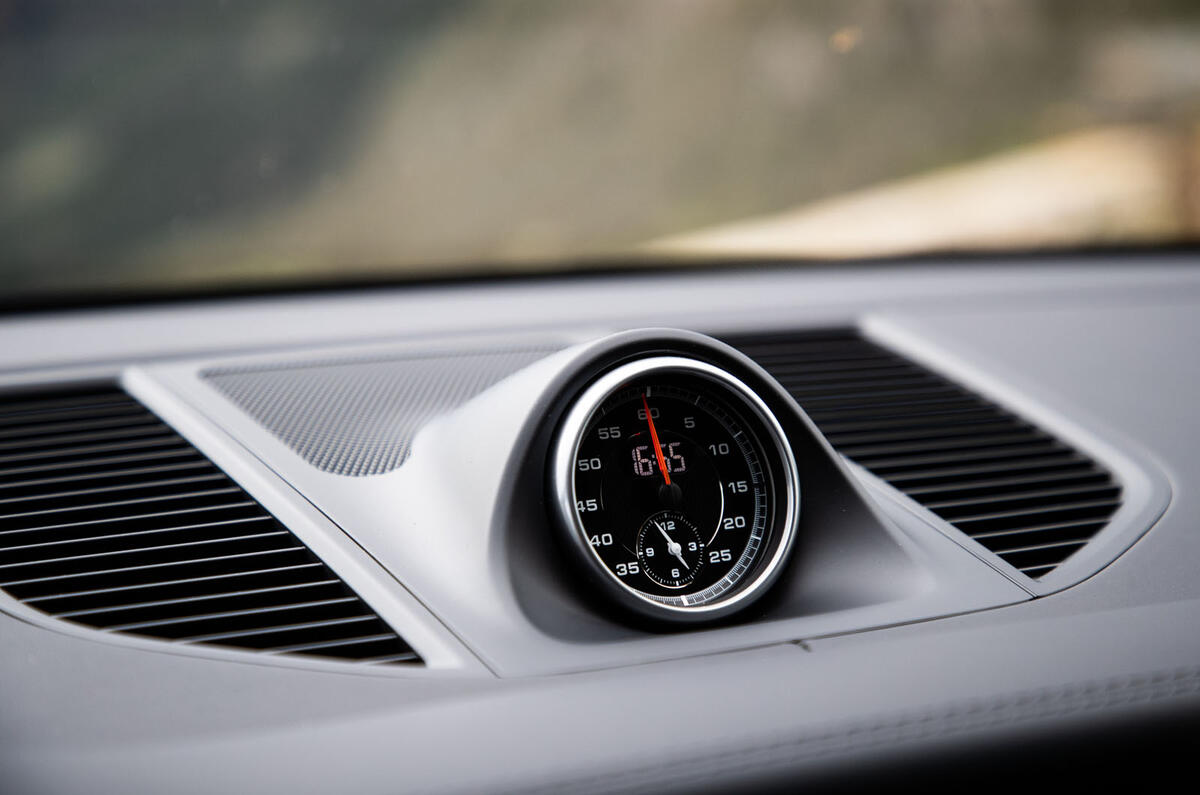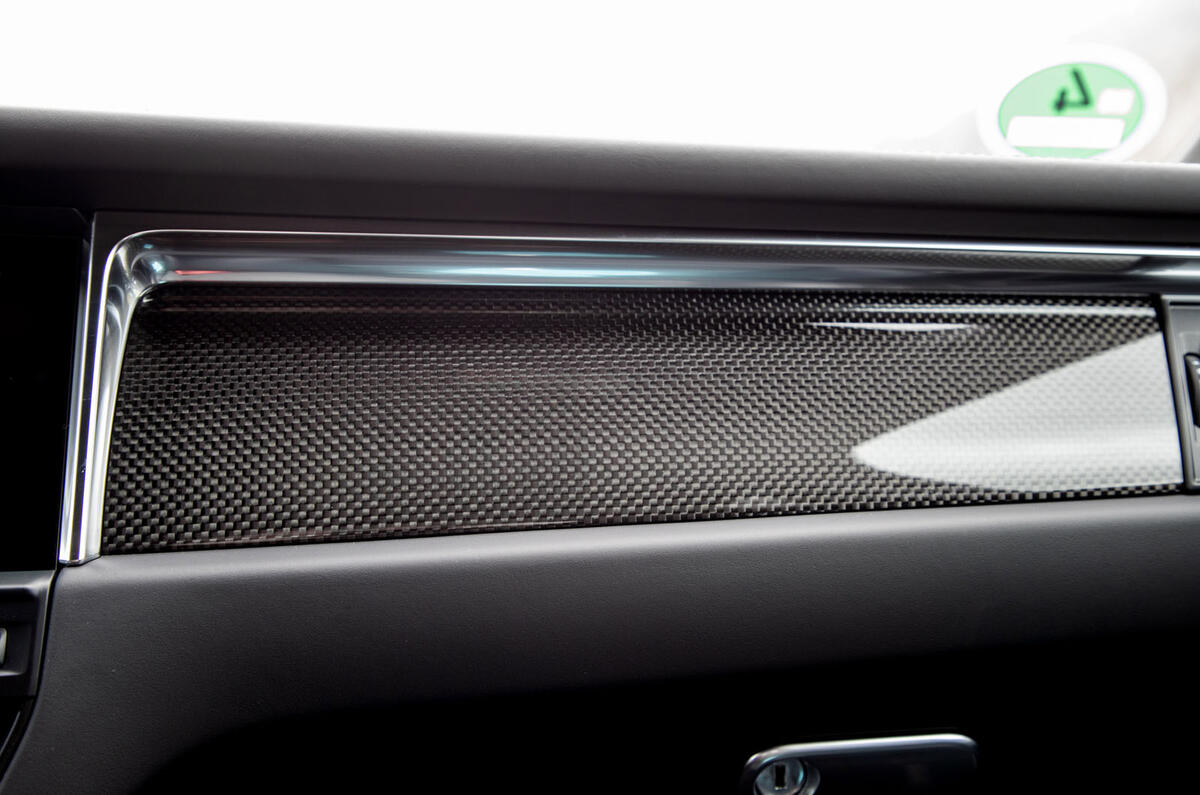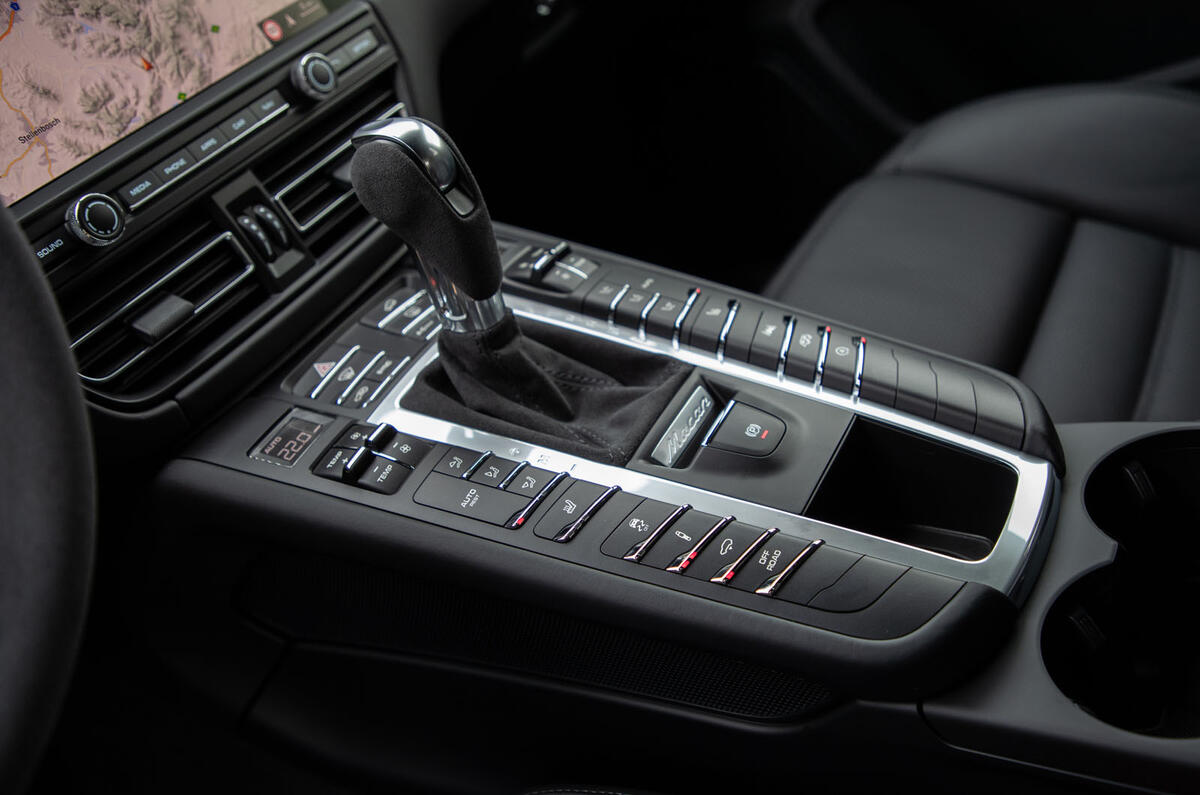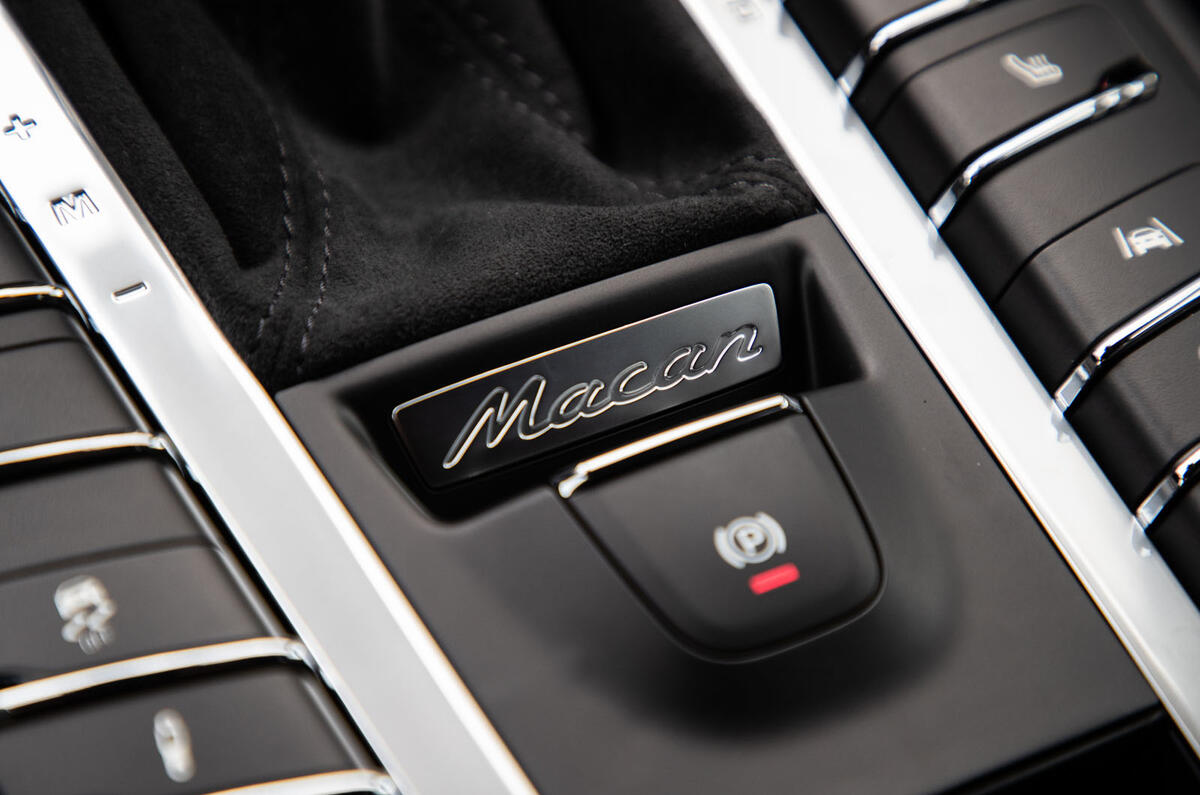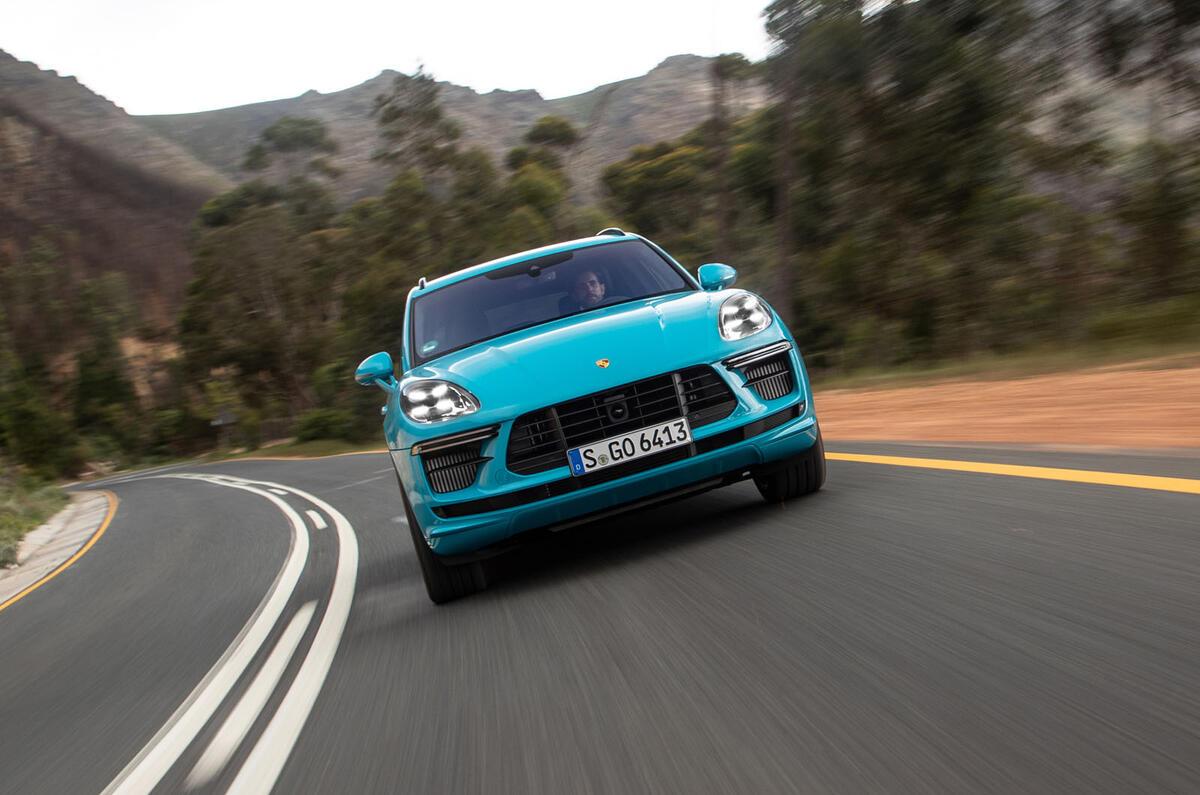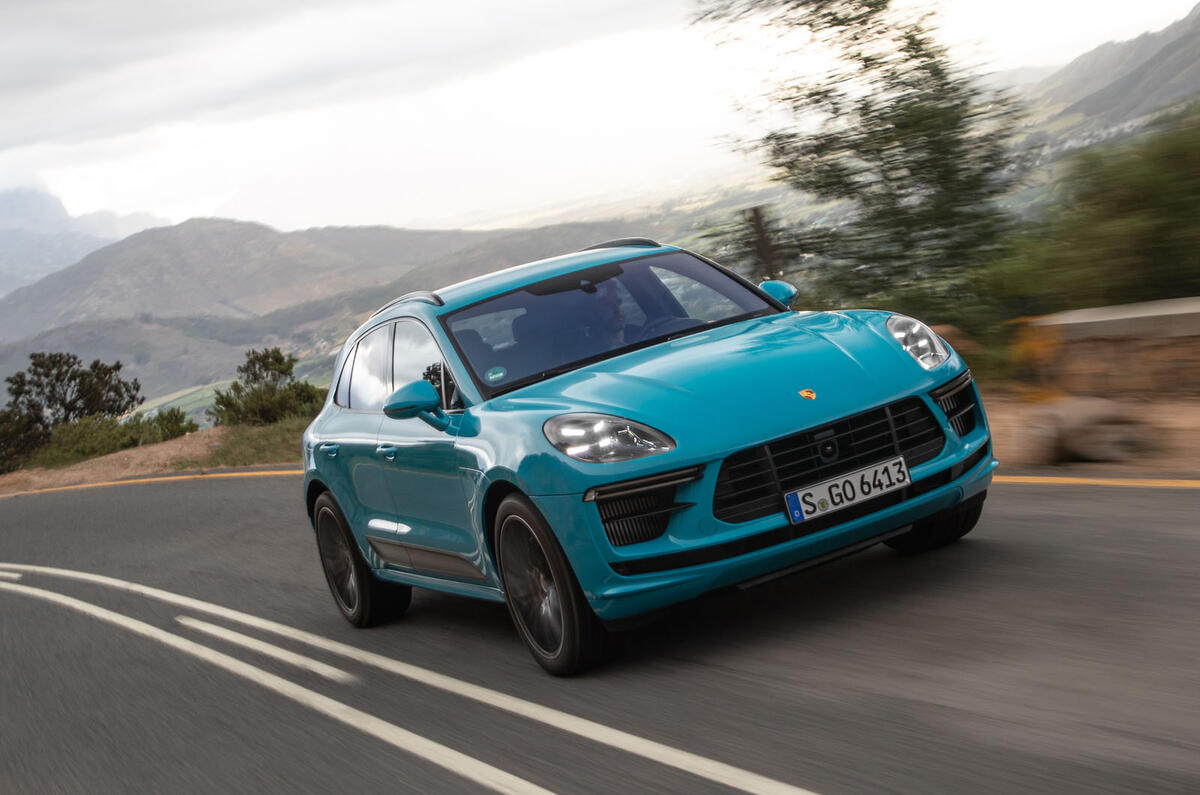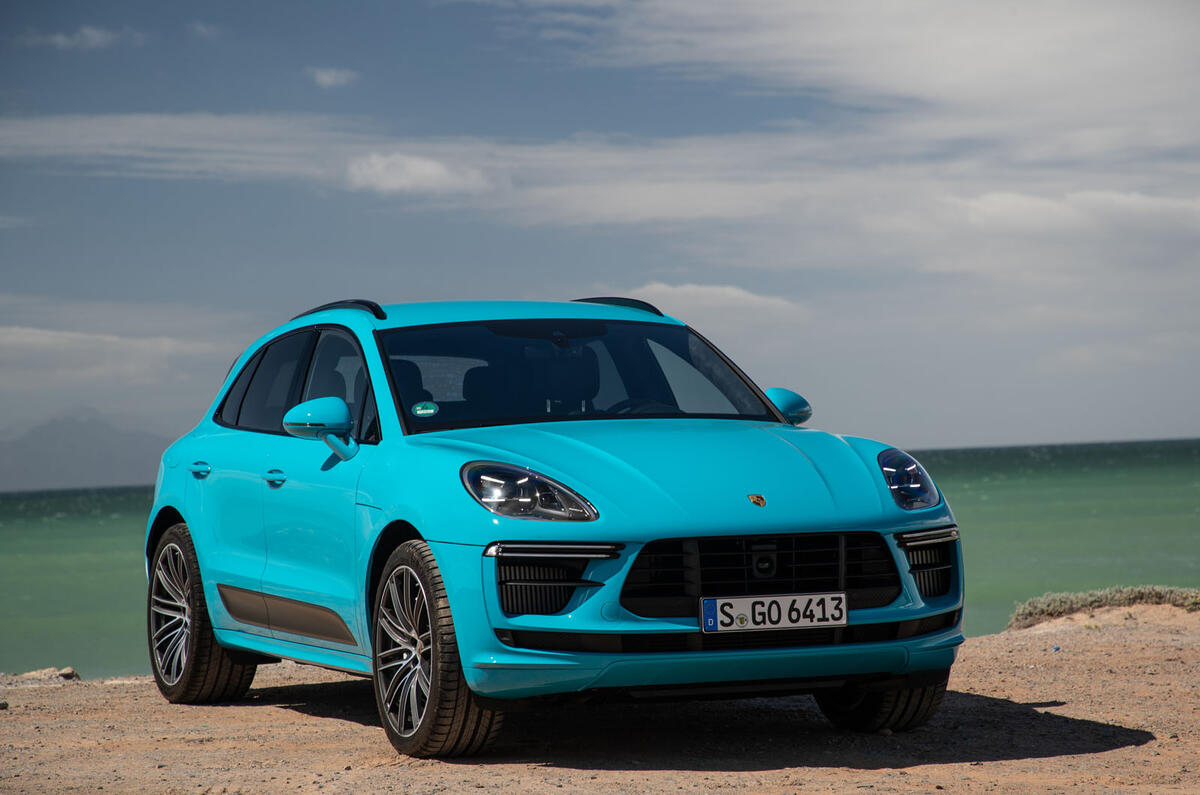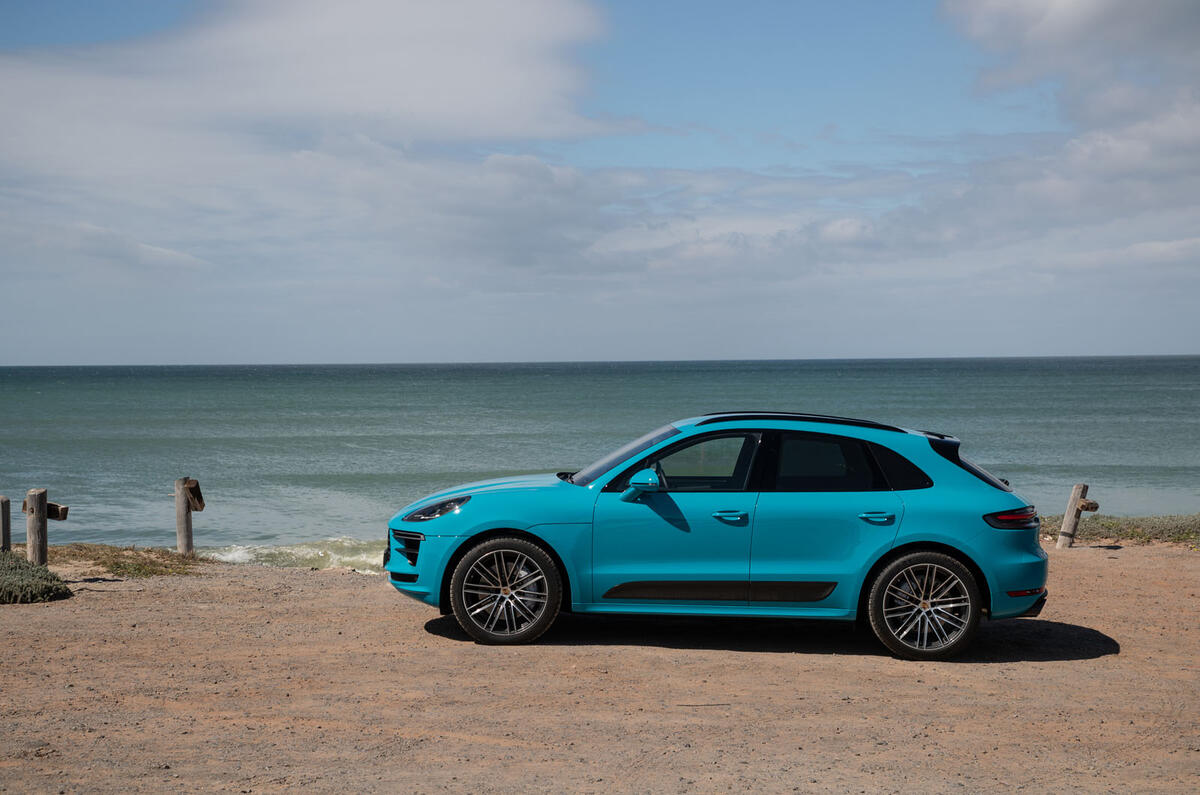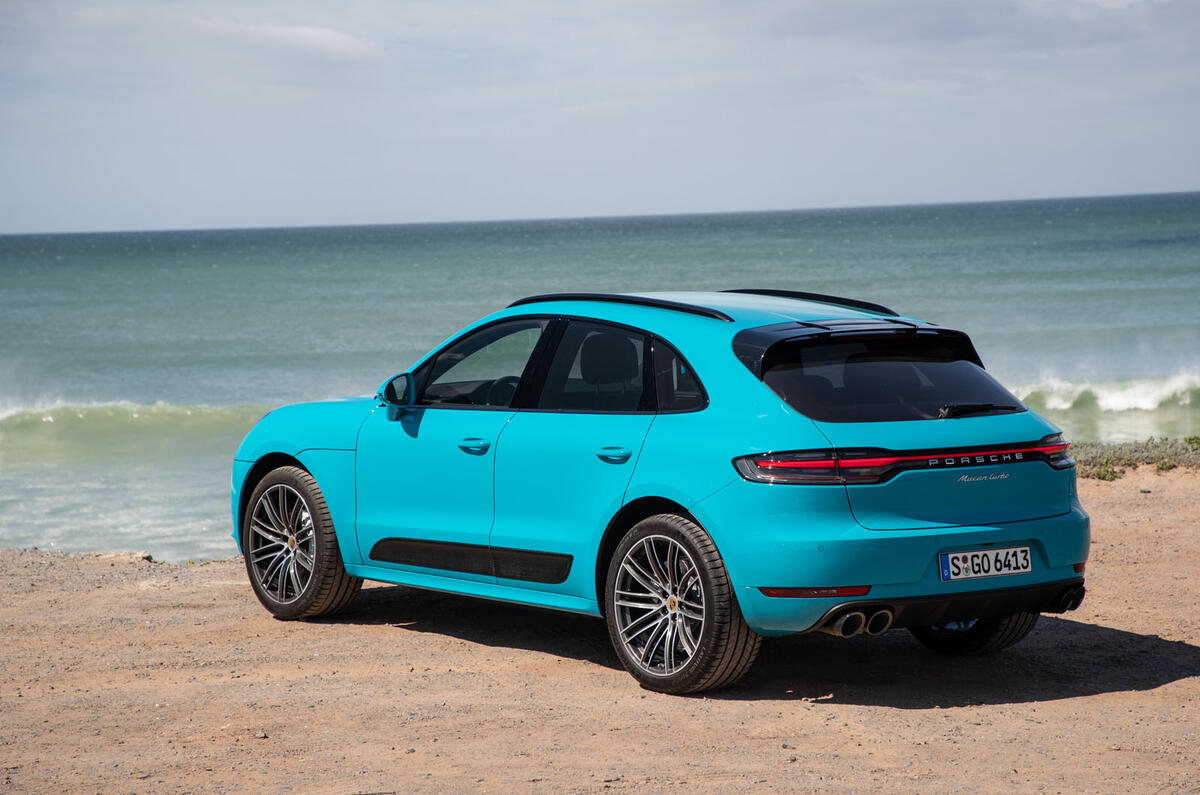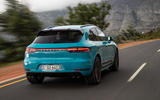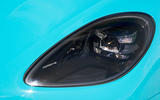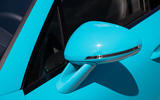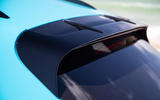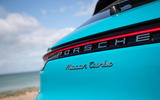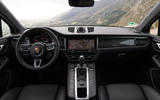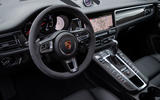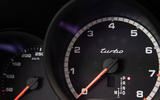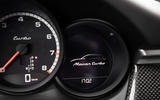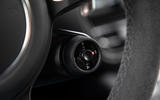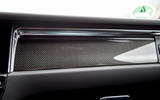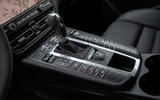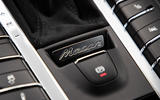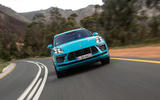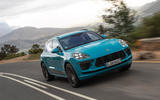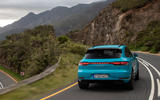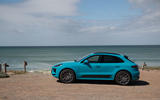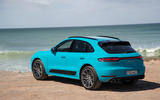This is the long-awaited, top-of-the-range Turbo version of the Porsche Macan. Yes all Porsche Macans have turbo engines, but like the new electrically-powered Porsche Taycan, the big ‘T’ turbo badge now denotes a level of performance rather than any under bonnet shenanigans.
Now, Porsche has been forced to drip-feed the flow of its new Macan models, the combination of the SUV’s popularity in showrooms and the rigours of WLTP sign-off stretching even Stuttgart’s near inexhaustible resources. As a result it’s only now, nearly 12 months after the facelifted Macan made its debut, that we’re finally seeing this Turbo flagship. So has the fastest and traditionally sportiest of the firm’s sports utility vehicles been worth the wait?
How does the updated Macan Turbo stand out from the rest of the range?
Well Porsche has certainly gone a little further with the update of the Turbo than other versions. There’s a new engine for instance, the old 3.6-litre V6 being ditched in favour of a downsized yet more powerful 2.9-litre. Featuring a pair of ‘hot vee’ turbos (the sort that, for quicker response, nestle on top of the engine between the banks of cylinders) it delivers 434bhp, which is an increase of 40bhp, and a thumping 406lb ft of torque at just 1,800rpm. Exhaust manifolds integrated into the heads promise to reduce weight and boost efficiency, while new dynamic engine mounts aim to restrict the units movement during extreme cornering, boosting both agility and steering accuracy and speed.



